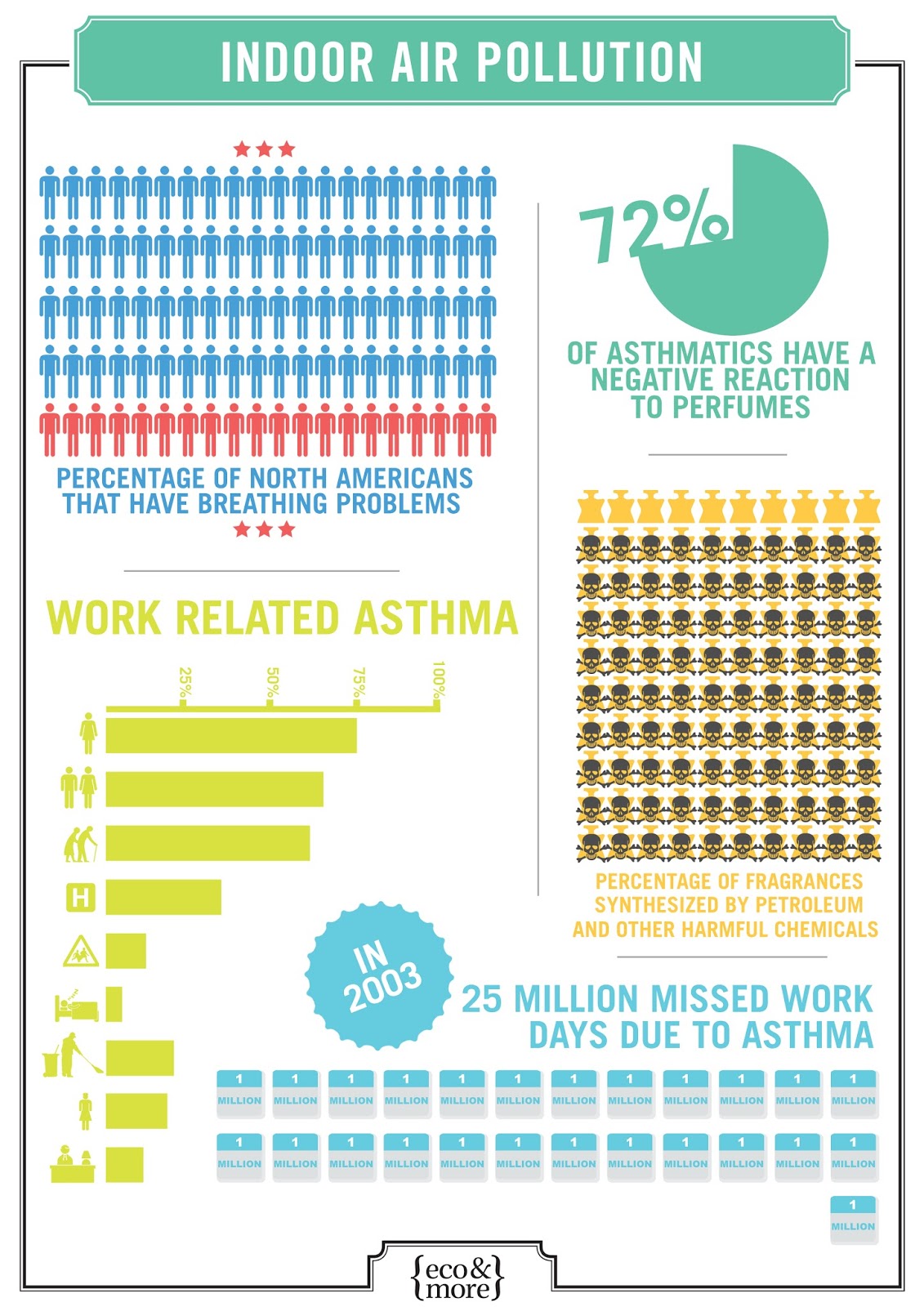Explore Methods To Maintain The Effectiveness And Longevity Of Your Heat Pump System By Avoiding Usual Installation Blunders
Explore Methods To Maintain The Effectiveness And Longevity Of Your Heat Pump System By Avoiding Usual Installation Blunders
Blog Article
Short Article Composed By-Harper Crosby
When mounting a heat pump, you have to stay away from usual blunders that might endanger its effectiveness. Ignoring proper sizing may bring about inadequacies and greater utility prices. Overlooking insulation and securing might lead to power waste and stress on the unit. Furthermore, positioning the outside system improperly might affect its performance. By staying clear of these errors, you can guarantee optimum functioning and sturdiness of your heat pump system.
Improper Sizing of Heat Pump
When it concerns the setup of heatpump, among one of the most usual errors is incorrectly sizing the unit for your area. Ensuring the best size is essential for optimal efficiency. If the heatpump is also small, it will certainly battle to heat or cool your area effectively, resulting in boosted energy costs and potential wear and tear on the device.
On the other hand, if the heatpump is too big, it will cycle on and off often, triggering temperature level changes and lowering its lifespan.
To avoid this error, it's necessary to have a specialist examine your space and recommend the ideal dimension of the heat pump based on factors like square video, insulation, ceiling height, and local environment. By spending the time and effort to make certain the proper sizing, you can appreciate a comfortable atmosphere while making the most of power efficiency and prolonging the life-span of your heatpump.
Inadequate Insulation and Sealing
To make sure the reliable procedure of your heat pump, it's crucial to deal with poor insulation and securing in your space. floor mounted heat pump vs wall keep a consistent temperature level indoors, minimizing the workload on your heatpump. Poor insulation can bring about energy loss, making your heatpump work harder and much less efficiently.
Securing https://www.hindustantimes.com/lifestyle/health/eye-health-tips-excessive-heat-can-harm-your-eyes-here-s-how-to-keep-them-safe-in-summers-101654052006488.html of voids or leaks in your space is equally crucial. These voids permit conditioned air to leave and outside air to leak in, compeling your heatpump to make up for the temperature fluctuations.
Wrong Placement of Outdoor Unit
Addressing the positioning of your heatpump's exterior unit is crucial to optimizing its performance. Installing the exterior unit in a wrong place can cause effectiveness concerns and potential damages to the system.
One usual mistake to avoid is placing the outdoor unit as well near a wall surface or various other frameworks. This can restrict air flow, creating the system to function more challenging to warm or cool your area, eventually lowering its effectiveness and life expectancy.
One more error to avoid is placing the exterior system in direct sunlight. While some sunlight is inevitable, excessive exposure can result in overheating, particularly during hot summer days. It's best to position the outdoor device in a shaded area to help maintain its optimum operating temperature.
Moreover, ensure that residential heat pump is put on a steady and level surface. Irregular ground can trigger resonances and unnecessary stress on the system, impacting its performance over time.
Verdict
In conclusion, staying clear of usual errors throughout heat pump installation is important for optimizing performance and long life of your system. By making sure correct sizing, appropriate insulation, sealing, and correct positioning of the exterior device, you can protect against concerns such as inefficiencies, boosted energy costs, and stress on the device. Taking the time to attend to these crucial elements will eventually save you money and time in the long run.
